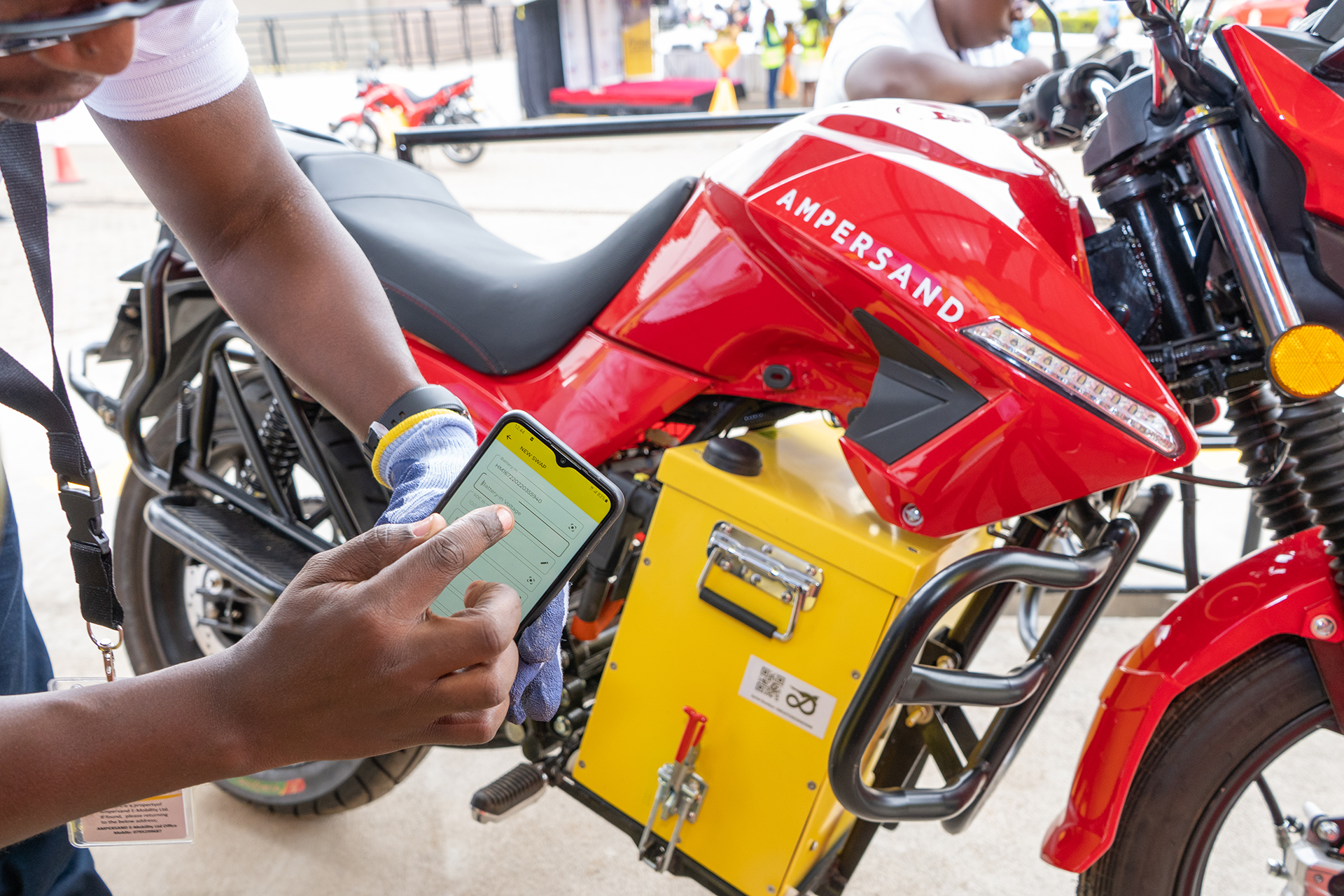Written By: Faith Jemosop
Electric vehicles (EVs) are often touted as the future of mobility. And in Kenya, that future has already begun. From electric boda bodas whizzing through Nairobi to e-buses ferrying passengers on major city routes, the EV transition is no longer theoretical. But scratch beneath the surface, and the challenges are hard to ignore.
The road to electric mobility in Kenya is long, winding, and filled with potholes, not just literal ones. What seemed like a clean energy breakthrough has run into grid unreliability, high import costs, and a society still deeply unprepared for this kind of change.
The Price Tag That Turns Heads and Turns People Away
For most Kenyans, the price of an electric car is simply out of reach. A brand-new electric vehicle like the Hyundai Kona or the Nissan Leaf can cost anywhere between KSh 3 million to KSh 6 million. That’s more than double what many middle-income Kenyans would pay for a fuel-powered vehicle.
Electric boda bodas, which could have been a game-changer for young people in informal settlements, still cost over KSh 150,000. Even with battery swap models, the cost of ownership and operation remains high for many riders who earn just KSh 500 a day. Without government-backed subsidies or wide access to low-interest financing, electric mobility remains a luxury.
A boda boda rider in Githurai put it this way: “I like the electric bike, but I cannot afford it. I will go for something that gets me on the road now.”
A Charging Crisis Powering Up Isn’t So Simple
Owning an electric car or motorcycle in Kenya is like owning a smartphone in a village with no signal. Yes, you have the technology, but how do you power it?
The number of public charging stations in Kenya remains painfully low, and the few that exist are concentrated in Nairobi and Mombasa. For a country that spans over 580,000 square kilometers, charging infrastructure is almost nonexistent in rural counties. Even in urban areas, queues at charging points are becoming the norm.
Then there’s the irony: Kenya has one of the cleanest electricity grids in Africa, with over 90% of its energy coming from renewables. But frequent blackouts, grid instability, and unreliable supply make daily EV charging a risky gamble. In Eldoret, a teacher who tried using an EV had to abandon it after two weeks because she couldn’t reliably charge it for her 40-kilometer daily commute.
The Knowledge Gap When Mechanics Don’t Know What to Fix
Another major hurdle is the lack of local expertise. EVs operate with entirely different components than internal combustion engines. Most local mechanics are not trained to diagnose or repair battery packs, electric drive systems, or motor controllers. When something goes wrong, even basic troubleshooting becomes a challenge.
A car owner in Kisumu who imported an electric Nissan Leaf told of how a minor malfunction became a nightmare. No one in town knew what to do. He had to ship parts from Dubai and fly in a technician from Nairobi, at his own cost.
Until technical training programs include EV maintenance as standard curriculum, Kenyan car owners will continue to suffer from a skills gap that affects trust and uptake.
Financing and Policy: All Talk, Little Progress
In 2023, Kenya took a commendable step by introducing tax incentives for electric vehicle imports. The excise duty was reduced, and zero-rating was introduced for certain EV categories. But many in the industry argue that the policies are long on promise and short on delivery.
There are no dedicated state programs offering EV-specific financing for individual buyers or SMEs. Leasing options are rare, and existing ones often come with complicated terms or high collateral demands.
Even large-scale efforts have struggled. Nopea Ride, a pioneering electric taxi company, shut down operations in 2022, citing financial and regulatory challenges. Their departure sent a clear message: policy alone won’t power progress.
Consumer Perception, Mistrust, Myths, and Misunderstandings
The average Kenyan motorist remains skeptical about EVs. Many believe electric cars cannot travel long distances, will fail during floods, or will lose power uphill. Some assume they will need to replace the entire battery every year, at an outrageous cost.
These fears aren’t entirely unfounded. The EV market in Kenya is still young, and without credible public awareness campaigns, myths have flourished. For example, in Machakos, a minibus operator turned down an offer to test an e-bus, fearing it might explode during long drives. This is the level of fear that policymakers and manufacturers must overcome.
Education campaigns, demo rides, and local testimonials are essential in reversing this perception crisis.
Also read: Why Electric Vehicles Are Taking Over Kenya’s Streets
Batteries and the Silent Problem No One Is Talking About
Behind the scenes lies an emerging environmental problem: what happens to EV batteries after their life ends?
Electric batteries lose capacity over time, and replacements are expensive, sometimes costing nearly half the price of the vehicle. More importantly, Kenya currently lacks a formal battery recycling or disposal infrastructure. Discarded batteries can leak toxic materials, posing environmental hazards.
As the number of EVs grows, so will this problem. Without preemptive planning, Kenya could be trading one ecological crisis (tailpipe emissions) for another (battery waste).
The Bright Spots and a Flicker of Hope
Yet, despite the challenges, there are signs of resilience and innovation.
Several Kenyan startups are introducing battery-swapping stations for boda bodas. Riders don’t buy the batteries, instead, they rent them, swapping empty ones for charged units at service points. This model cuts upfront costs and downtime.
BasiGo is testing electric buses on Nairobi routes, with impressive results in reduced maintenance and fuel costs. Other companies are assembling EVs locally, reducing the pressure of import costs.
More promising still is Kenya’s energy profile: a renewable grid, surplus generation capacity, and expanding rural electrification. If harnessed well, Kenya could build an EV ecosystem that is not just cleaner, but smarter and more equitable than what fossil fuels have offered.
A Reality Check, Not a Rejection
Kenya’s EV future isn’t a fantasy, but it isn’t frictionless either.
The country has the ingredients: renewable power, a youthful tech-savvy population, and a growing need for clean transport. But poor infrastructure, financial inaccessibility, policy inertia, and lack of education risk turning a promising revolution into an elite bubble.
To fix this, Kenya needs bold decisions:
- Subsidize EV ownership for lower-income earners.
- Decentralize charging stations beyond Nairobi.
- Invest in skills through nationwide EV technician training.
- Educate consumers to build trust and demand.
- Create a circular plan for batteries and parts.
Also read: Why is Africa Capturing Only 2% of Global Clean Energy Investment in 2025?
This is not just about cars and motorcycles. It’s about energy independence, environmental sustainability, and public health.
Until these gaps are closed, the EV revolution will remain a great idea… waiting at the charging station.















